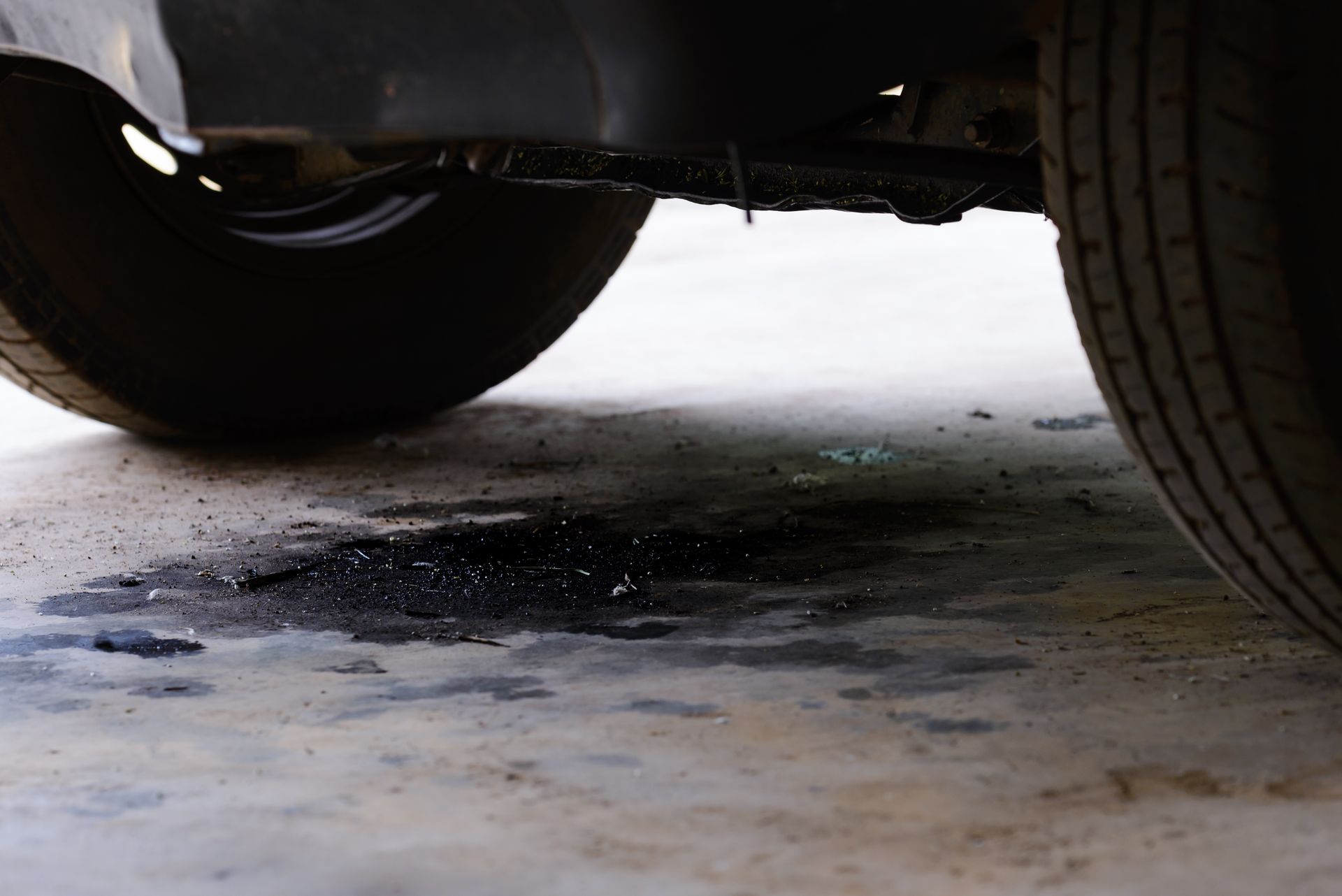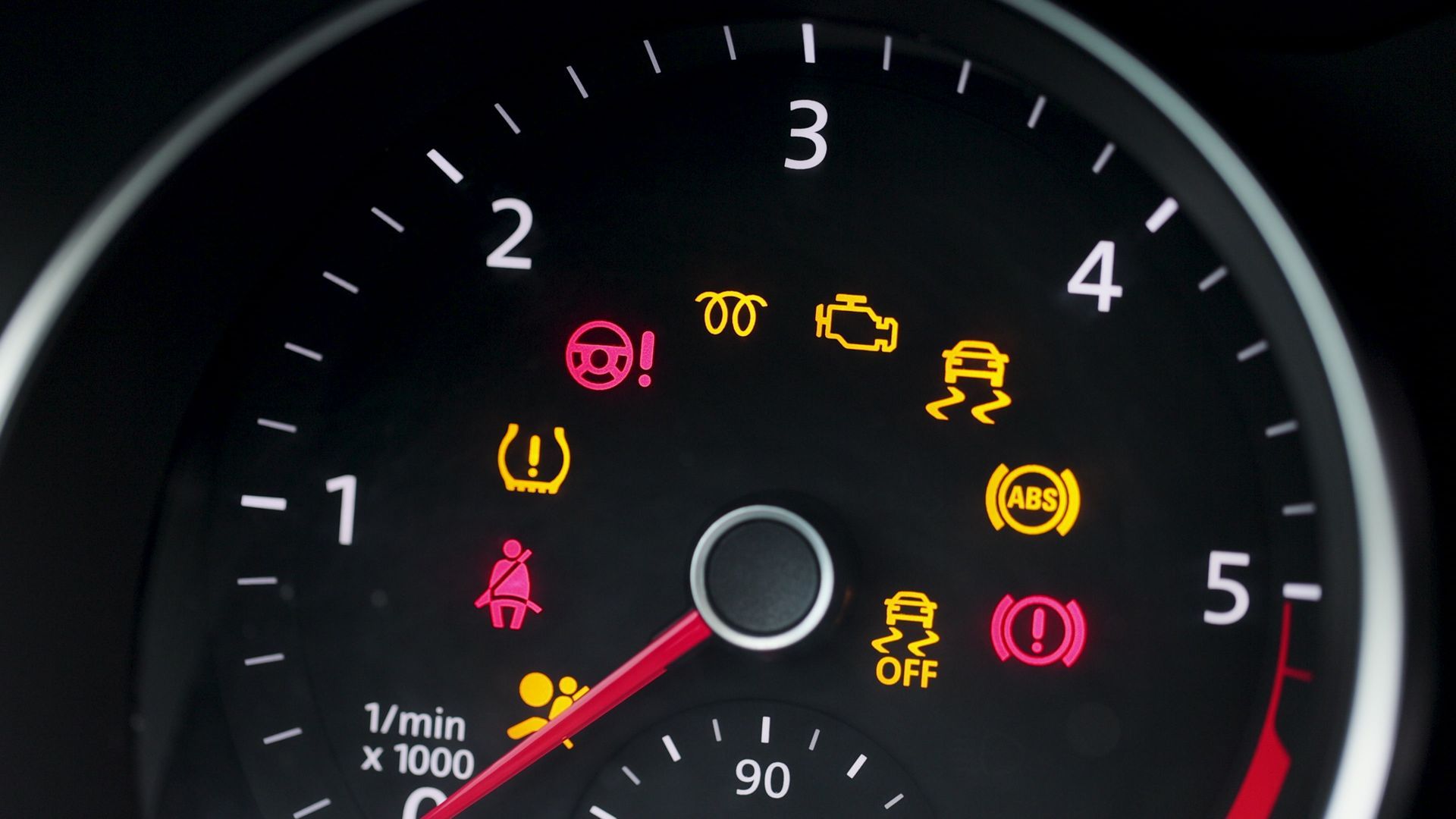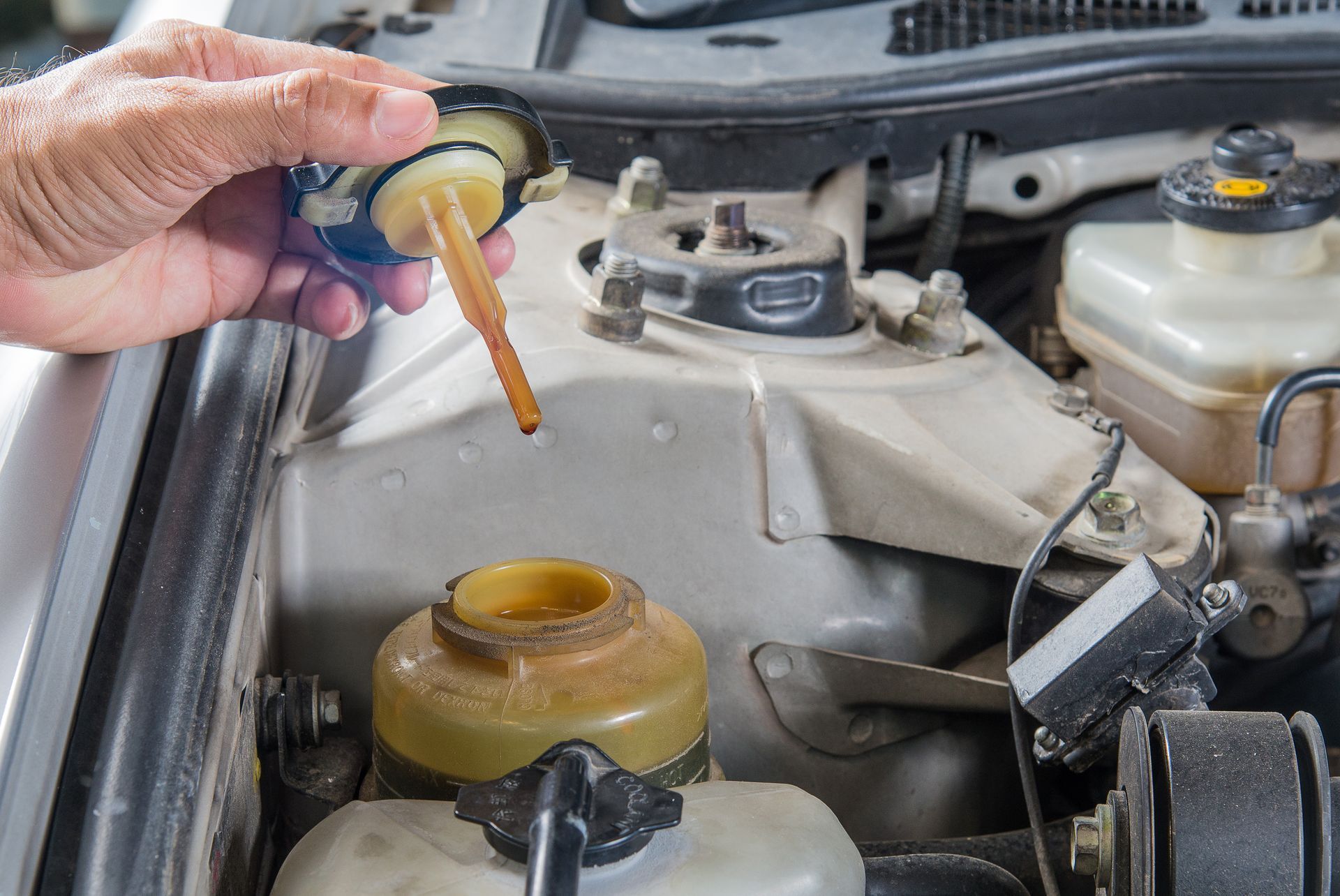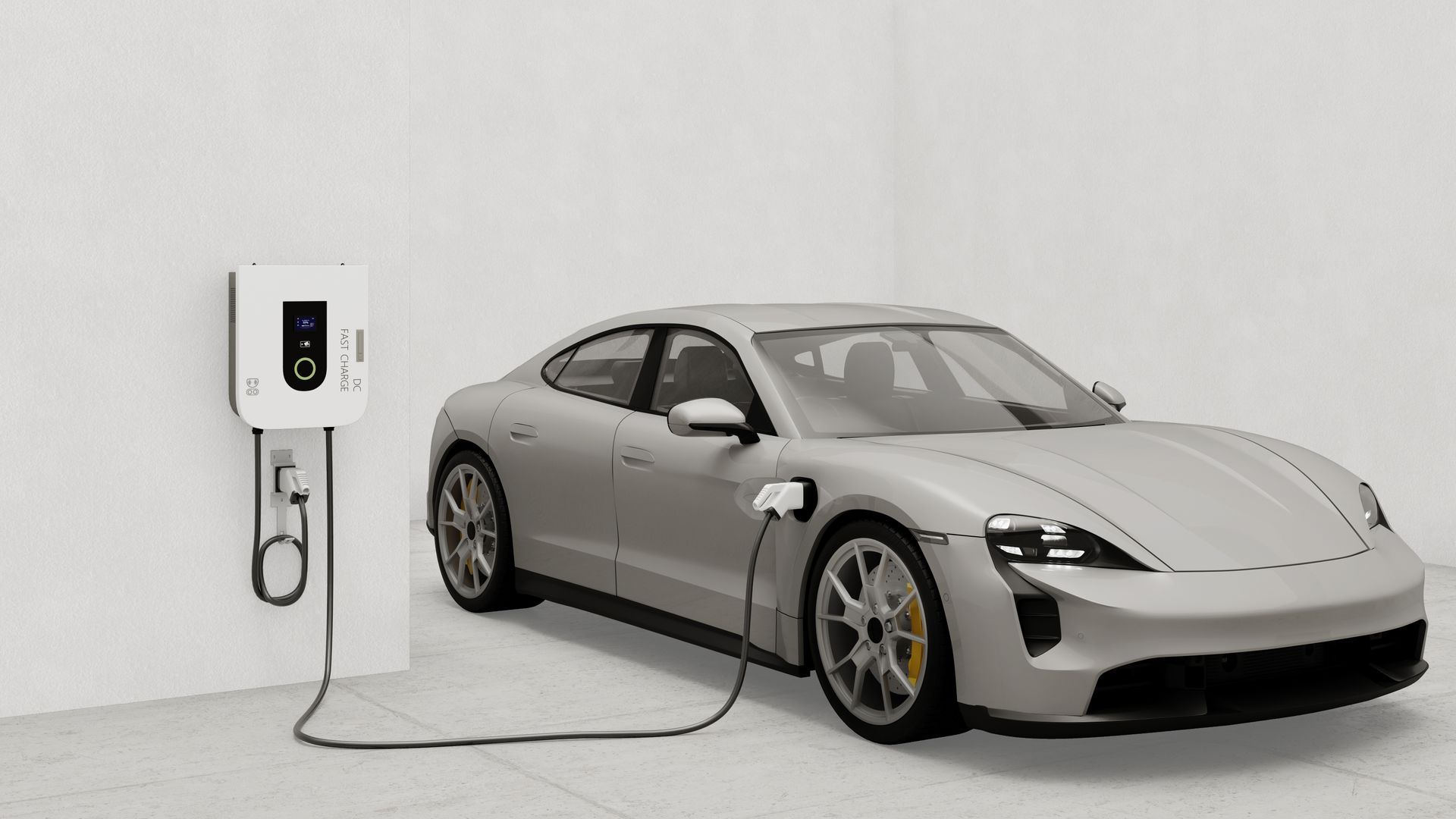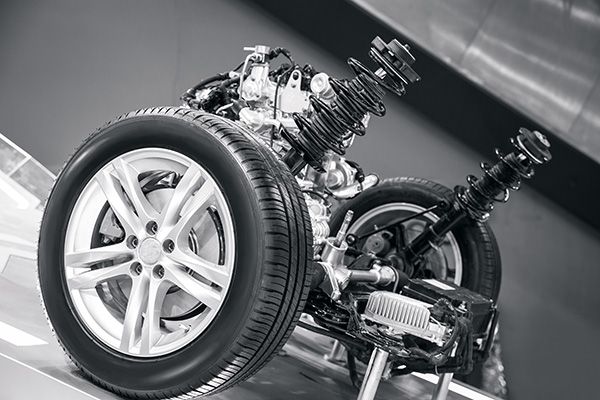One of the biggest perks of driving an electric or hybrid vehicle is how energy-efficient they are, especially when it comes to braking. Instead of simply turning motion into wasted heat like traditional brakes, these vehicles use regenerative braking to recapture some of that energy and send it back to the battery. But do hybrids and EVs use regenerative braking in the same way?
What Is Regenerative Braking
In a traditional braking system, pressing the brake pedal applies pressure to brake pads, which then press against a rotor to slow the car down. This process creates friction and heat, and all the energy generated is lost.
Regenerative braking takes a different approach. When you slow down in a hybrid or EV, the electric motor actually reverses its role and acts as a generator. Instead of consuming energy to move the car, it generates electricity by converting the vehicle’s kinetic energy back into stored power. This energy goes directly into recharging the battery.
In essence, every time you slow down, you're helping to recharge your car’s battery just a little, without needing to plug in.
How Regenerative Braking Works in EVs
Electric vehicles (EVs) run solely on battery power, so they use regenerative braking as a primary method of deceleration. Many EVs feature strong regen systems that allow “one-pedal driving”—lifting off the accelerator slows the vehicle down significantly, often without needing to press the brake pedal at all.
Since EVs don’t have a gas engine to fall back on, their systems are optimized to recover as much energy as possible through regenerative braking. Some models even let you adjust the strength of regen braking using steering wheel paddles or drive mode settings.
The experience can take a little getting used to, especially if you're used to the glide of a traditional gas-powered vehicle, but it quickly becomes second nature.
How Regenerative Braking Differs in Hybrids
Hybrid vehicles combine a gas engine with an electric motor and battery. Unlike EVs, hybrids don’t rely exclusively on electric power, so their regenerative braking systems are usually more subtle.
In most hybrids, regenerative braking works in tandem with conventional friction brakes. When you lightly apply the brakes, the system prioritizes regenerative braking to recover energy. But for harder stops, it blends in traditional braking to make sure you come to a complete and controlled stop.
Because the battery in a hybrid is smaller and not the sole power source, the amount of energy that can be recaptured is also limited. So, while regen braking helps improve efficiency, it doesn’t play as dominant a role as it does in a fully electric vehicle.
Plug-In Hybrids
Plug-in hybrid electric vehicles (PHEVs) sit between traditional hybrids and full EVs. They have larger batteries than regular hybrids and can drive longer distances on electricity alone. As a result, they often use regenerative braking systems that are a little more aggressive, like what you’d find in an EV.
However, even in PHEVs, regen is still blended with conventional braking and tailored to balance electric range with smooth, natural deceleration.
Maintenance and Driving Feel
Drivers of EVs notice a more pronounced change in how the car slows down, thanks to stronger regen. This reduces wear on the brake pads and rotors over time, which is a bonus when it comes to maintenance. In hybrids, the effect is there but more subtle—pads still wear down but slower than in traditional gas-only vehicles.
Both systems require occasional maintenance checks to make sure the braking blend and system calibration are working as intended. While regenerative braking reduces wear, it doesn’t eliminate the need for service entirely.
JP’s Garage – Hybrid and EV Brake Service Experts in Dieppe, NB
Whether you drive a hybrid, plug-in hybrid, or full EV, regenerative braking plays a role in your car’s performance and efficiency. At
JP’s Garage in Dieppe, NB, we understand the differences and service requirements that come with every type of electric drivetrain. If you have questions about how your braking system works—or if it’s time for a checkup—our team is here to help.



